A recent casual conversation with the owner of a local bicycle shop turned into a polemic on his part about global warming. Without any prodding from me, he suddenly declared that “last summer was the hottest summer in history in the Detroit area.”
Surprised by his assertion, I said, “I don’t remember last summer being unusually warm.”
He replied, “Oh, yeah. And if anyone doesn’t believe in the dangers of global warming, all he would have to do was see what happened here in our little town.”
“What happened?” I asked.
He said, “The summer before last I would see all kinds of bikes in front of the restaurant across the street from our shop, but last summer it was rare to see even one bike. I guess it was just too hot for families to ride.”
Now I believe this whole man-made global warming/climate change ideology is the greatest hoax ever perpetrated upon mankind, but I didn’t want to have a debate with the owner. I just ended the conversation and went on my way.
Skeptical of his information about last summer, I went to the internet to see if he was correct. And, sure enough, I found an article confirming that the average temperature for the months of June, July, and August of last year was the hottest ever recorded in Detroit, topping out at 74.9 degrees. But further in the article, I learned that the average was higher than usual because the nights were warmer. So, the shop keeper’s explanation why bikers were not at the restaurant had nothing to do with unbearable day-time heat.
Apparently, he was so convinced about global warming that he never considered other explanations. Perhaps bikers had learned the previous year that the food was not that good at the restaurant or that the prices were too high. Or maybe they stopped at another town along a local bike path to eat. The bike shop owner’s thinking was very much like that of the Beverly Hillbillies, who, every time they heard a bell mysteriously ring in their mansion, were amazed to find out that someone would suddenly appear at the front door.
The above-mentioned article included a list of the ten hottest summer’s in Detroit history. Let’s take a look:
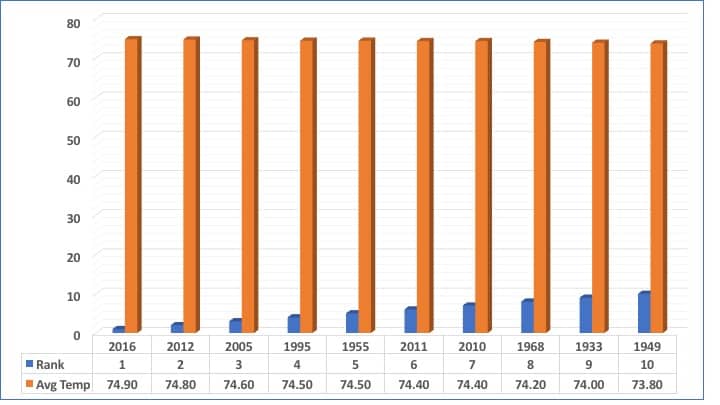
At a quick glance, someone who believes in global warming would say, “See, Mr. Addis, five of the top ten hottest summers occurred in the last eleven years. Therefore, global warming is true.”
But if this is a sign of global warming, what happened to 2015, 2014, 2013, 2009, 2008, 2007, 2006, 2004, 2003, 2002, 2001, and 2000? If the planet is getting warmer, why were the preceding dates not in the top ten? Wouldn’t there be a consistent warming each year? And if we start with 2005, the increase over the next eleven years has been three-tenths of one percent. At this rate, it will take almost 28 years to get 1 degree higher, assuming the trend is ever upward.
And how do we explain 1933 being in the top ten? Today in America, there are 253 million cars and trucks on the road, and the US population is a little over 324 million. But in 1933, there were less than 28 million cars and trucks on the road, and the population was around 123 million. By 1933, in the midst of the Great Depression, the industrial production index had fallen from 100 in 1929 to 55 in 1932.
So, by 1933, factories were closed across America, and people were driving less. Two of the so-called “culprits” of global warming, autos and manufacturing (due to their carbon dioxide emissions), compared to today, were almost non-existent in 1933. And, yet, there is 1933 sitting in ninth place for the hottest Detroit summers. How could that be?
And then there’s that hot spell in Detroit in the summer of 1936. Keep in mind that manufacturing and driving conditions from 1933 had barely changed. But from July 8-14, the high temperatures were 104, 102, 102, 101, 100, 102, and 104 respectively. In fact, almost the entire midwest, along with Virginia and New Jersey, recorded record temperatures that same week. How was that possible? It couldn’t be the emissions from factories and autos since the midwest was sparsely populated in 1936. Could it be that the earth naturally experiences times of warming and cooling? Is that a plausible theory, or is that “unscientific” and, therefore not worthy of consideration?
If it’s the latter point, then let’s close with the words of a professor who believes in global warming. Bjorn Lomborg is the president of the Copenhagen Consensus Center. He points out that the 2016 Paris Climate Agreement, which was signed by 178 countries, focuses on cooling the earth’s temperature by reducing carbon dioxide emissions by the end of this century. The cost to taxpayers throughout the world will amount to 1 to 2 trillion dollars per year. And what will be the result of spending at least 100 trillion dollars over the next 83 years? According to Lomborg, a reduction of the earth’s average temperature of 0.03 degrees. Yes, that’s three tenths of one degree. (If any of my readers are still alive in the year 2100, I hope you will have extra blankets on hand.)
And just in case you’re wondering, yes, the United States signed on to the Paris Climate Agreement. And since the USA is a major emitter of carbon dioxide, guess which country will bear an enormous share of the 100 trillion dollars? Bingo!
I am sure that if some global warming scientist would read this essay, he would scoff at my lack of expertise. And, in turn, I would scoff at his lack of common sense, a quality that is sorely lacking in this world today.

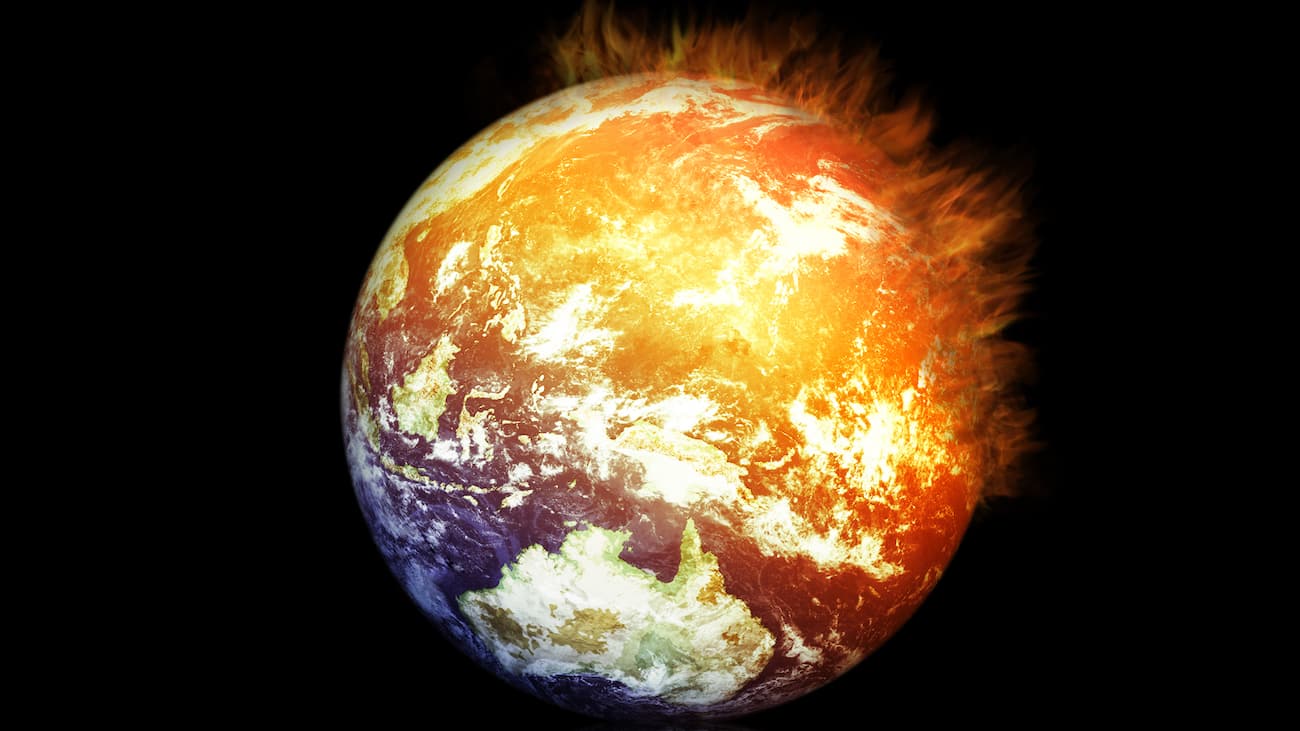


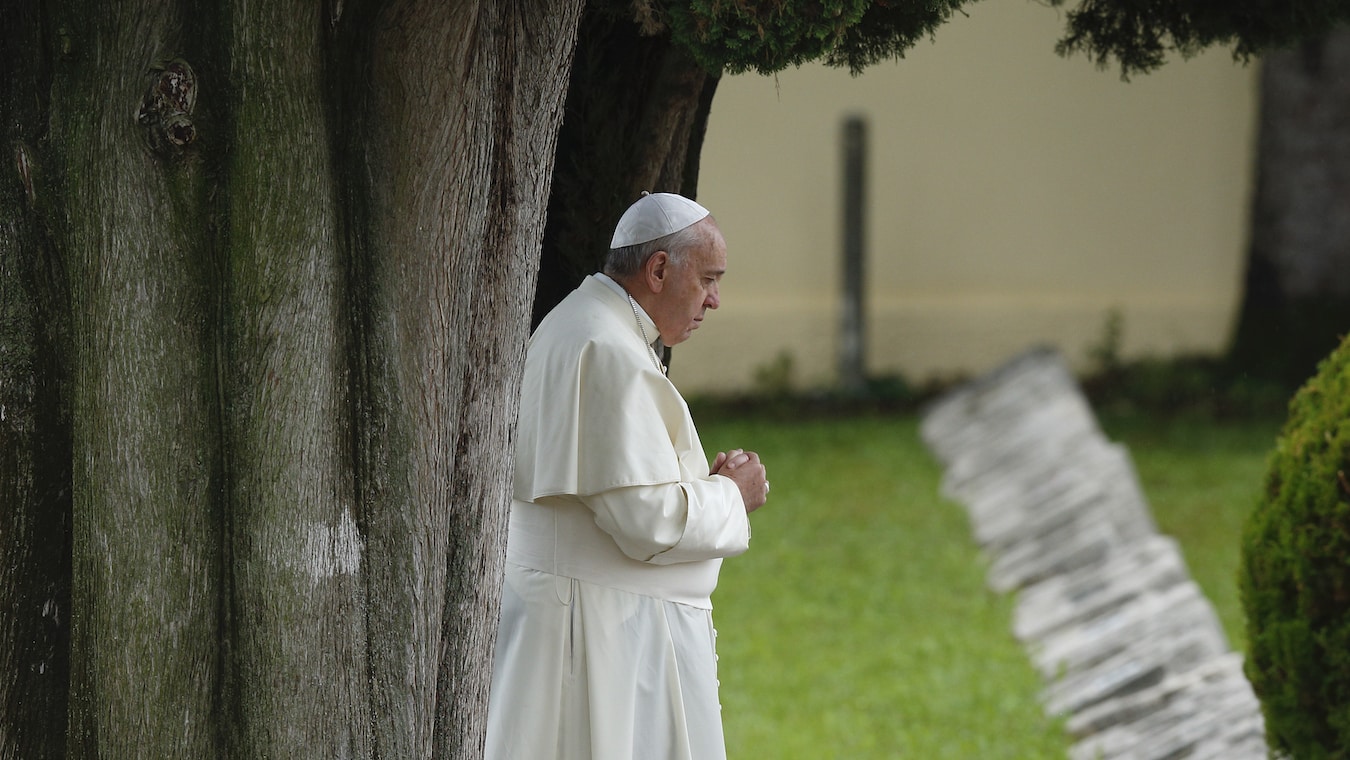
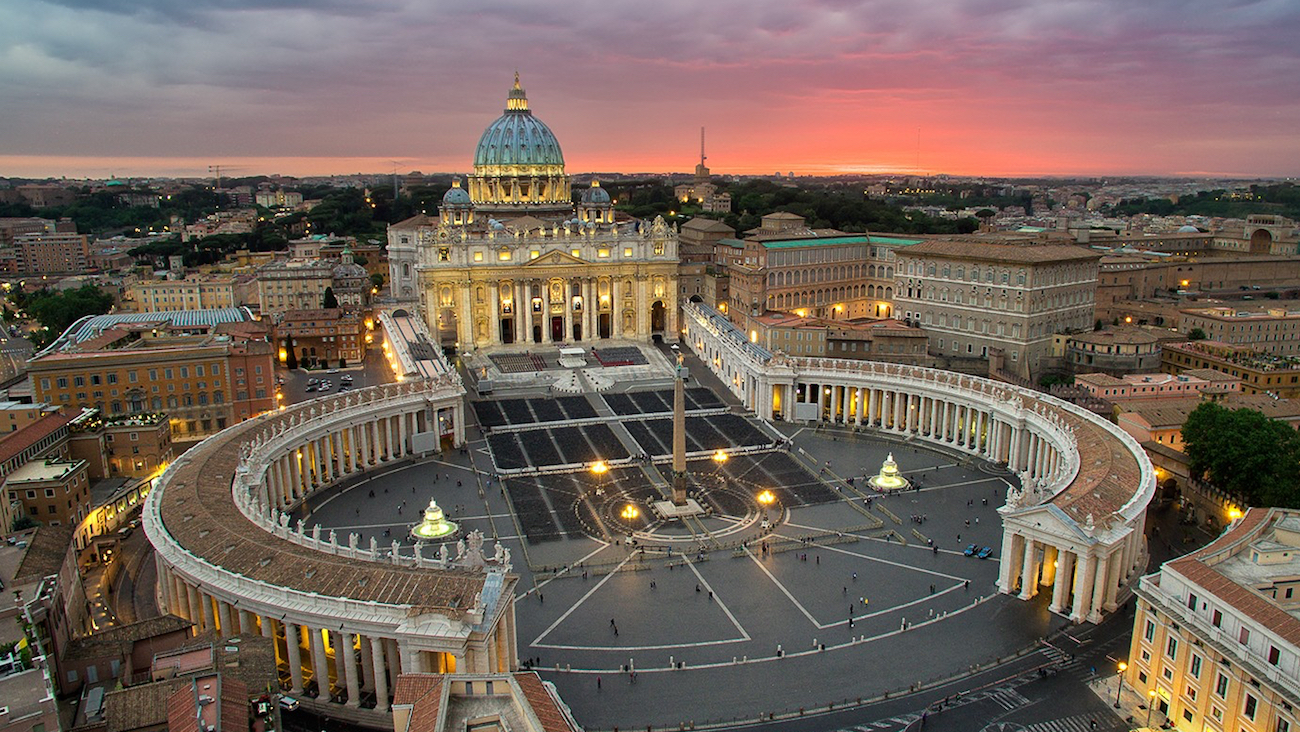
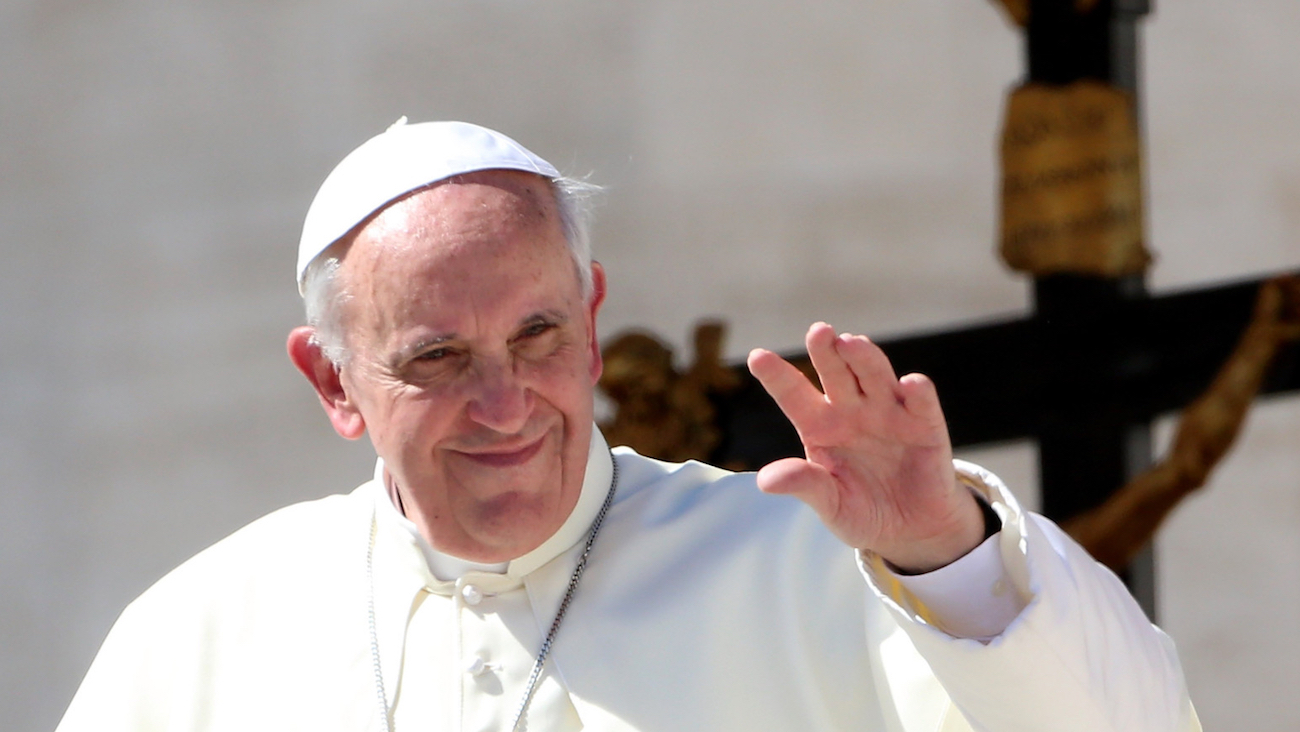


Your post reminded me of how unreliable using averages can be. Consider the following example. There was a medical researcher studying the effects of a certain medication on his test monkeys. After administering his test drug to the monkeys and carefully observing them, he came to the following conclusion: 33% of the subjects improved, 33% of the subjects died, and the third monkey escaped and it’s whereabouts are unknown.
Thank goodness, some common sense. Thank you.